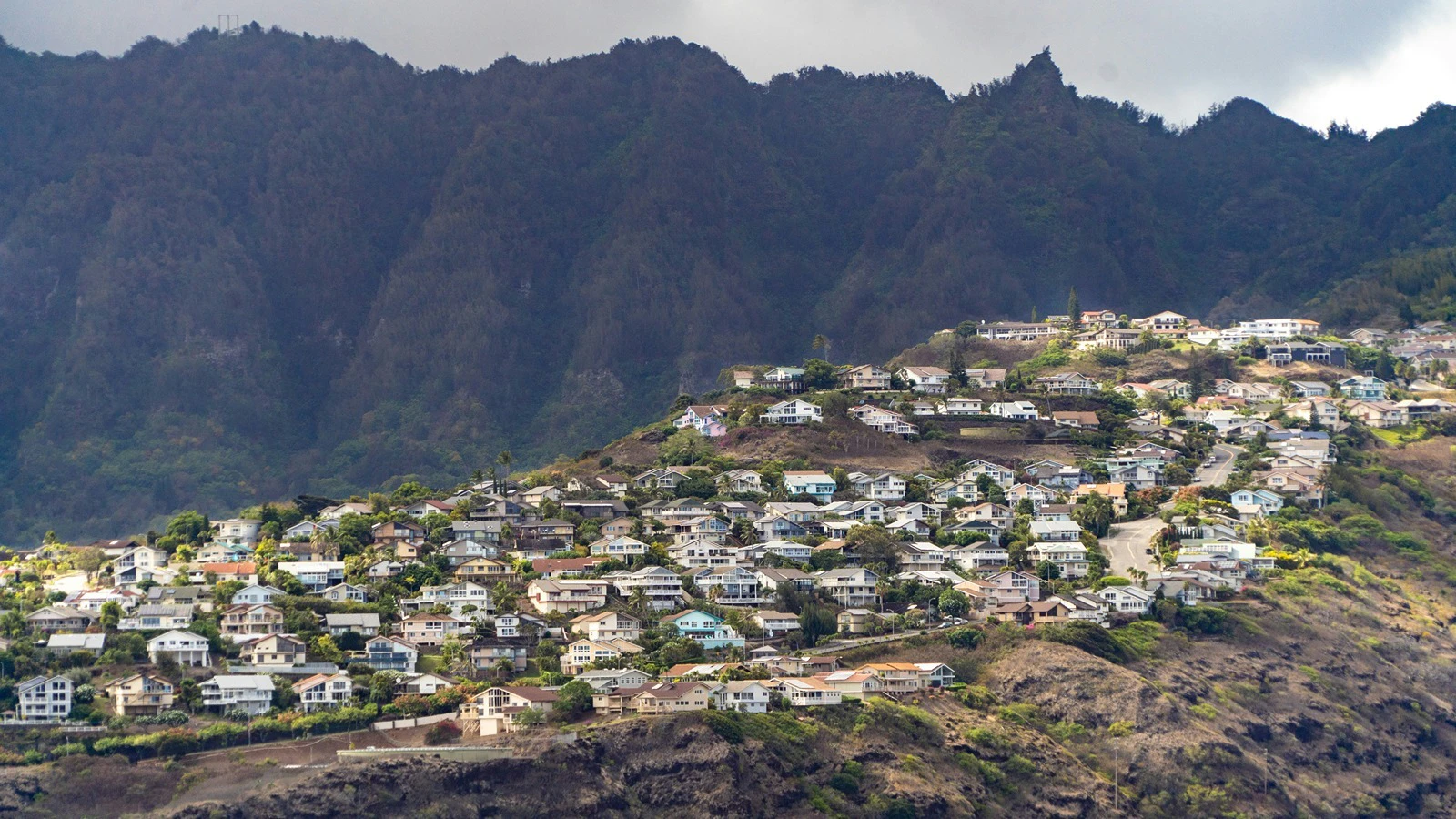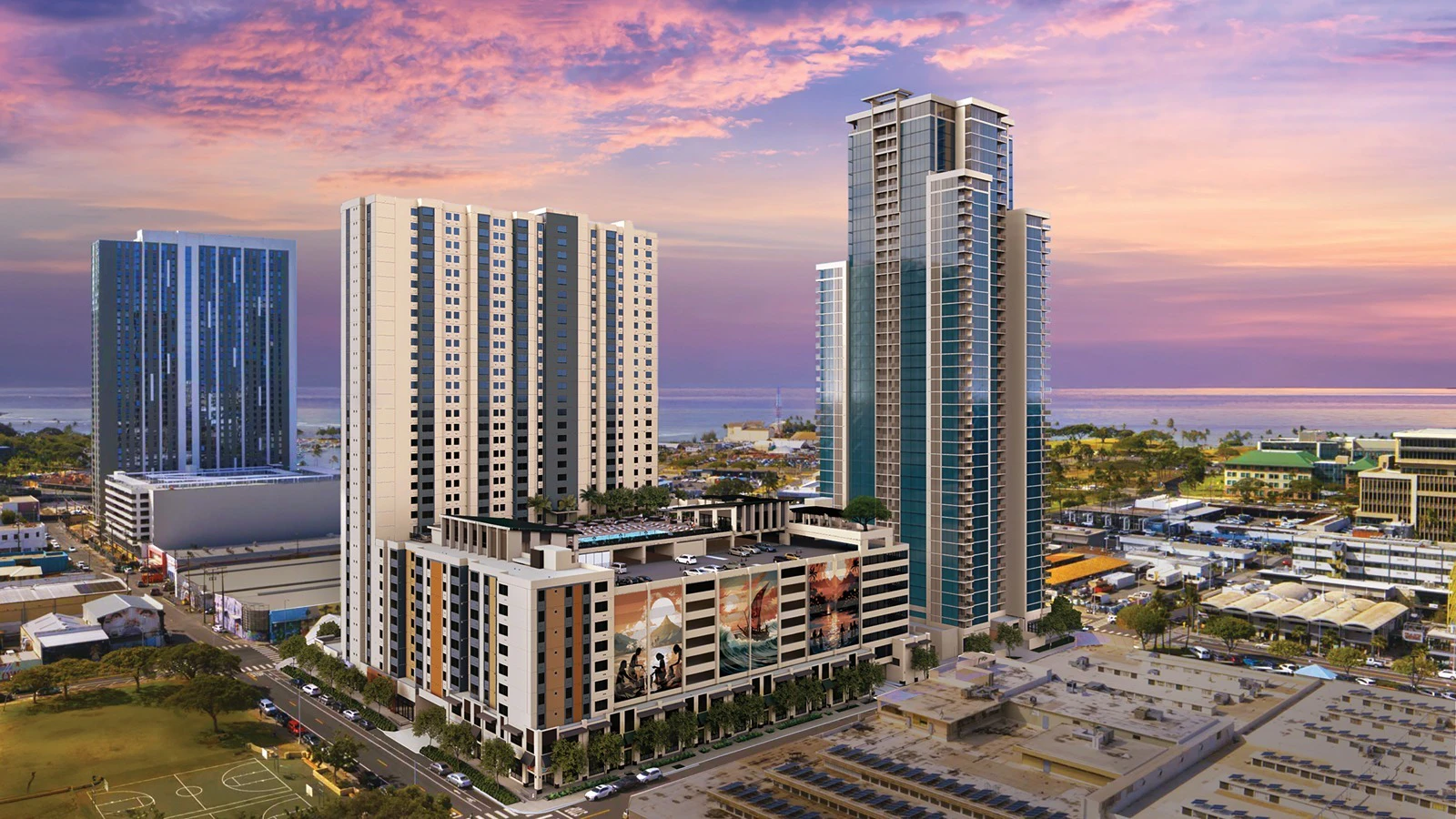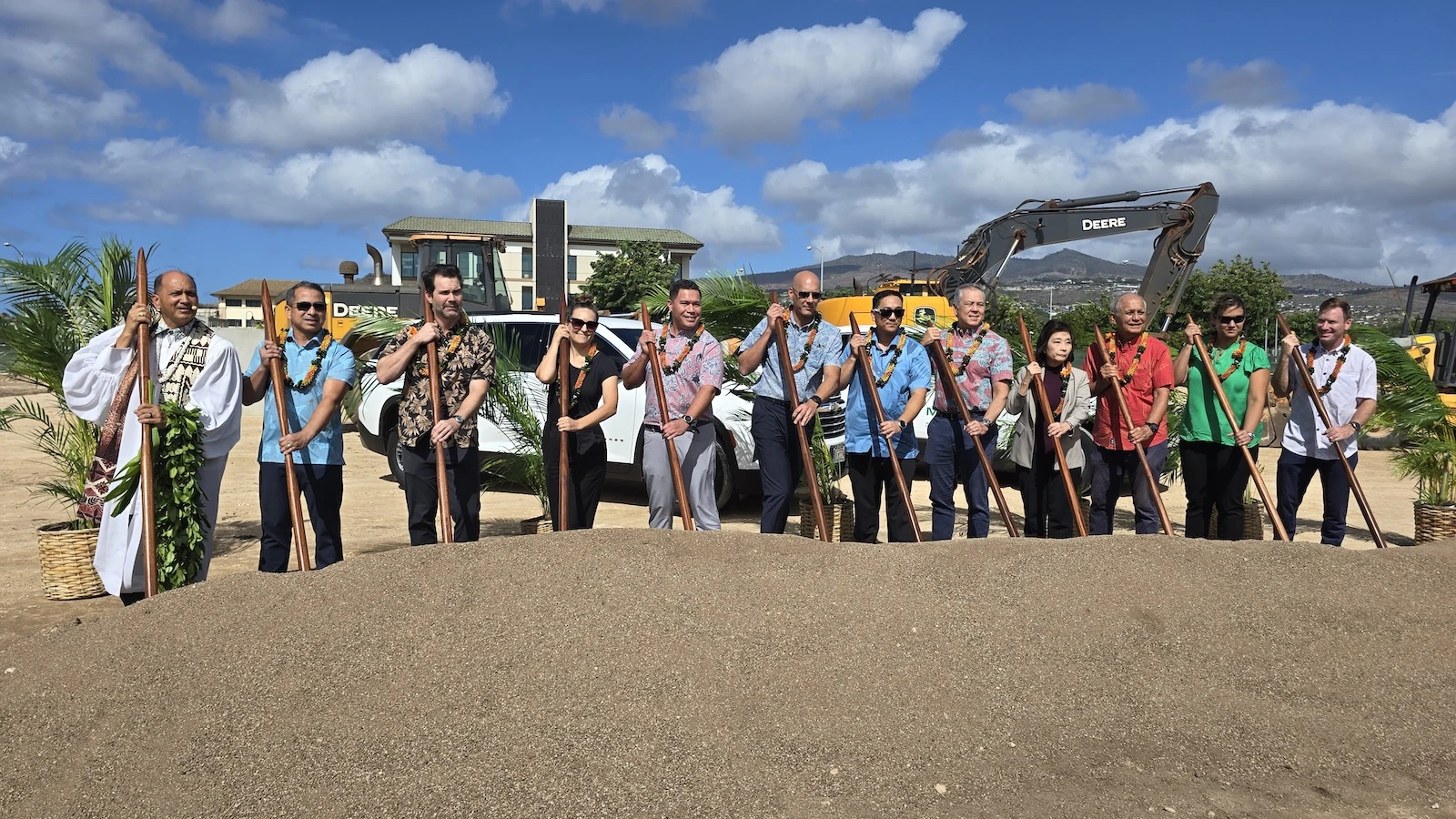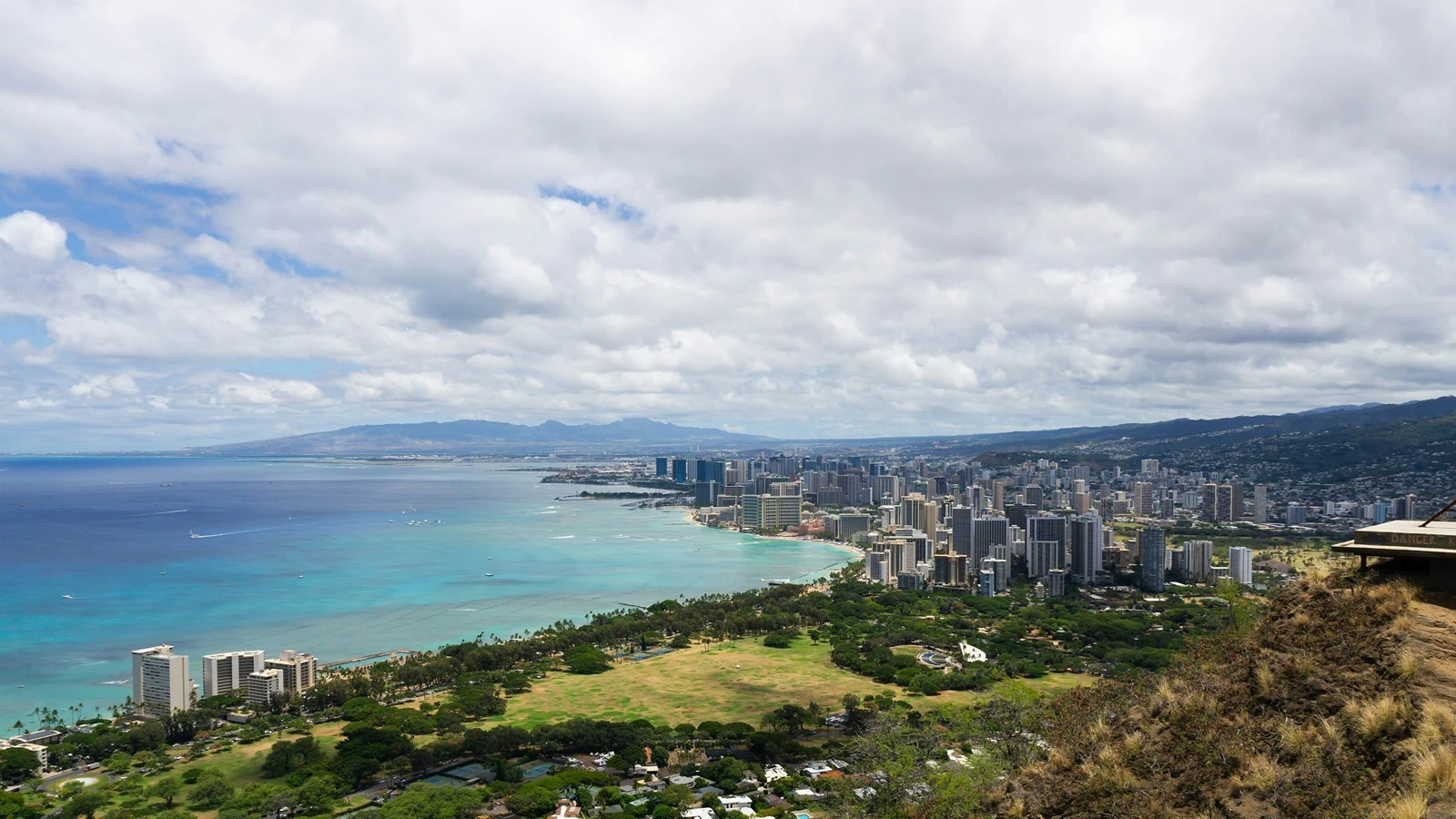Hawai‘i will need an estimated 64,490 additional housing units by 2027 to meet demand, according to the Hawai‘i Housing Finance and Development Corp.'s 2024 Hawai‘i Housing Planning study, which was published online earlier this week.
It shouldn't be much of a surprise, as housing availability and affordability have long been challenges in the Islands.
That number, though, is notably higher than the 50,156 units HHFDC's 2019 study said would be needed between 2020 and 2025. The increase, however, stems from an updated methodology that accounts for broader demand "and adjusts for units already in the development pipeline."
Housing needs vary between the counties, and are broken down in the report between ownership and rental, as well as by area median income categories.
In total, the City and County of Honolulu needs 25,710 units; Maui County needed 14,987 before 2023 wildfires ravaged parts of the island; Hawai‘i County needs 18,879; and Kaua‘i County needs 4,914.
"Collectively, Hawaiʻi is not building fast enough, and much of what is being built — simply put — is the wrong kind of units," the report reads. "As households get smaller, demand rises despite decreasing overall population. Finite land, labor, and materials resources sideline projects for local families in favor of luxury projects. Outsized resources of a few push costs up further and drive Hawaiʻi residents into overcrowded homes, onto the streets, and off our shores."
There are plenty of other insights to glean in the report, which has been published approximately every five years since the early 1990s.
Other findings in the report:
— There were 568,058 total housing units statewide, with 516,242, or 91%, available in 2022, but only 3.8%, or 21,415, were vacant and available, "signaling a critically tight market." There were 35,884 units unavailable because of seasonal or vacation use.
— The greatest unmet need is for affordable housing units. According to the report, 42,100 units are needed for households earning at or below 80% of the area median income and 17,242 units are needed for those earning at or below 30% of of the AMI.
These income limits vary by county and household size. You can find those limits here.
Aloha State Daily spoke with HHFDC Executive Director Dean Minakami in late April, before the report was released.
When asked at that time what could be done to improve affordability and availability of housing in Hawai‘i, he said the biggest thing is to "loosen up regulations on housing. Allow us to be creative in the use of the fund financing that we do receive."
"The difficulty is just that we're a very high-cost state, so when it costs over $600,000 to build a new unit and you want to make it affordable to someone that afford, say, $400,000, that's just a big gap."
An HHFDC spokesperson told ASD in an email Friday that Gov. Josh Green "has made clear that housing is a top priority for his administration. The results of the 2024 Hawai‘i Housing Planning Study reaffirm his belief that the state continues to face a critical affordable housing crisis."
"The results of the study also suggest that, with the help of the state Legislature, the efforts of HHFDC and other state housing agencies have helped to reduce the demand," the spokesperson continued. "In fact, the number of additional units needed would be much greater if not for those efforts."
They reiterated that increased demand is higher now than reported in 2019 largely because of a projected increase in the state's population through 2027, as well as the updated and improved methodology.
"Much headway has been made in constructing new housing units since 2019, and a substantial pipeline of affordable housing units will be developed in the coming years thanks to the support of Gov. Green and the Legislature."
Plenty of challenges still remain in Hawai‘i housing, though.
The University of Hawai‘i Economic Research Organization this week also published its Hawai‘i Housing Factbook 2025, the third edition of an annual report analyzing the state's housing market. Read more about that here. Spoiler alert: housing in the Islands remains expensive and continues to face a number of hurdles.
Stephanie Salmons can be reached at stephanie@alohastatedaily.com.





